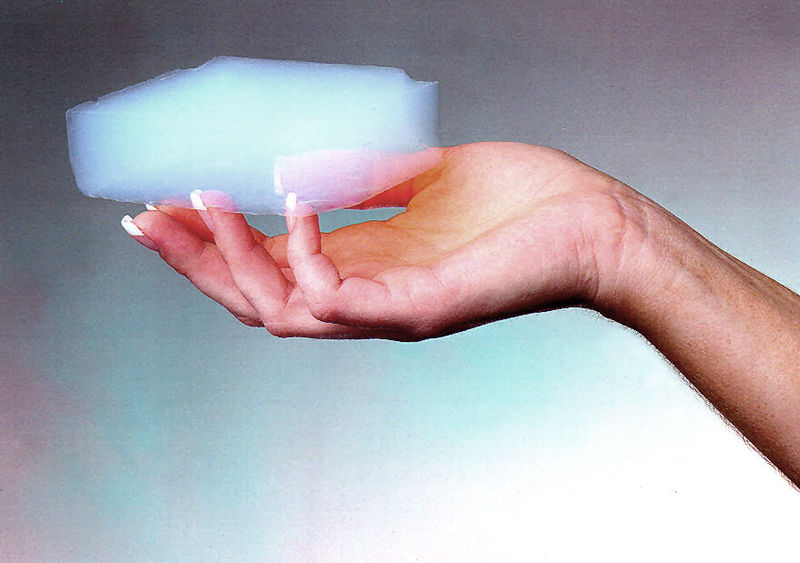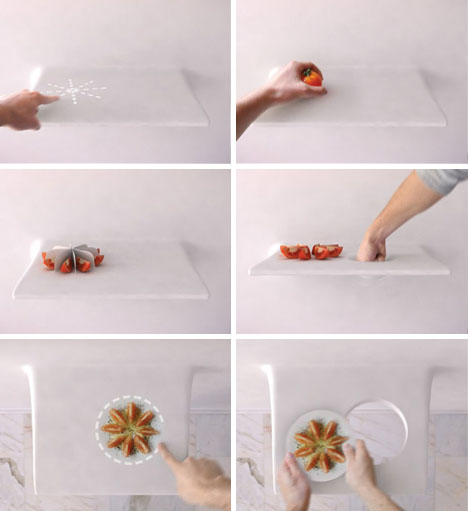Amazing Concepts That May Change the future of Building
Nano Technology is truly a revolution. Emerging fairly recently from around the 1960’s and 70’s the technology revolves around the concept of manipulating matter on very minute to subatomic scales.
The influence of nano-technology in the following examples of amazing technology is a dominant factor across their respective developments.
Here is a summary of several amazing material and design concepts on the path of revolutionizing all that we now perceive as to the limits of interior design, architecture and building material.
Living Kitchen Wall
This is almost terrifying.
Designer Michael Harboun has conceived of a new paradigm of architectural fittings. Using nano technology the function is that a wall be combined of nanobots. When one requires a sink and basin, the command is input to the wall with hand gestures, the wall then morphs its surface to extrude the required fittings, with working plumbing and waste.
In the example case we see a kitchen wall, though the potential for application would be far more diverse.
Haptic Holograms
Amongst many other scientists and researchers a team from the University of Bristol have been working on a way to focus ultrasound waves into three dimensional physical shapes which can actually be felt.
The obvious progression from this state in my mind is that one day, we’ll be able to furnish a home with tactile holograms. Holy moly. Don’t like that Chase Lounge? Beep bop boop, change it to an anwar cupboard.
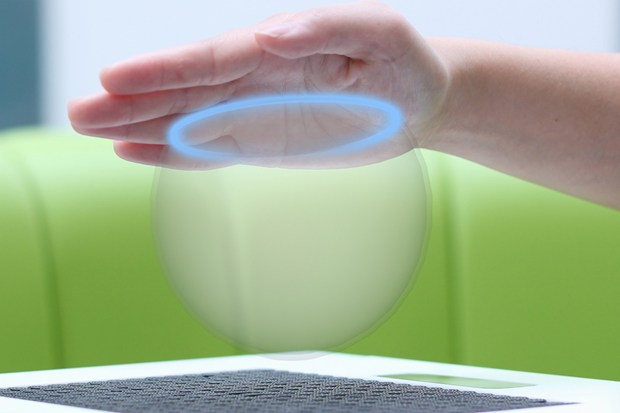
Haptic Hologram~ Source: Bristol University
Aerogel
Light and strong materials in building homes are always sought after and constantly developed. Houses are notoriously heavy and, we don’t often think about it, but the weight of a house is vitally significant in planning a buildings foundations.
I mean look at how many people it takes to move this little wooden one:
Aerogel is a type of substance currently holding the title of worlds lightest solid material. Comprised of about 99% air or other gas, it starts as a gel (often silica) and the liquid component is replaced with a gas making it super light but still solid.
The product is already featuring in a number of industries including: the apparel sector, particularly with regard to ultra-light thermal wear; and the building industry in products such as insulation, due to its very low thermal conductivity, roofing flooring and general structural materials. It has also been used by NASA as a type of filter to trap particles that would otherwise disintegrate by collection with another means.
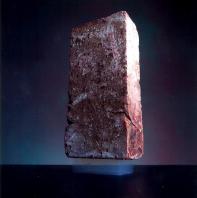
A 2.5 kg brick is supported on top of a piece of aerogel weighing only 2 grams. Source: NASA Stardust
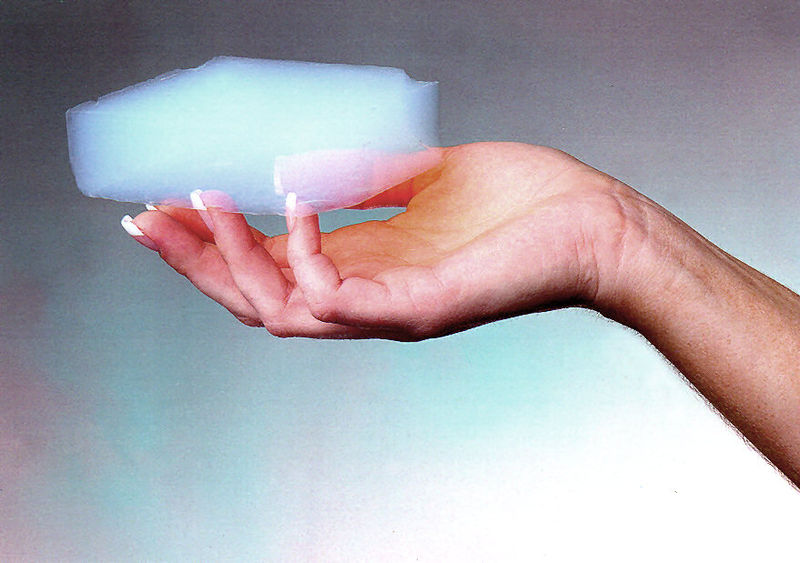
Aerogel- Source NASA

